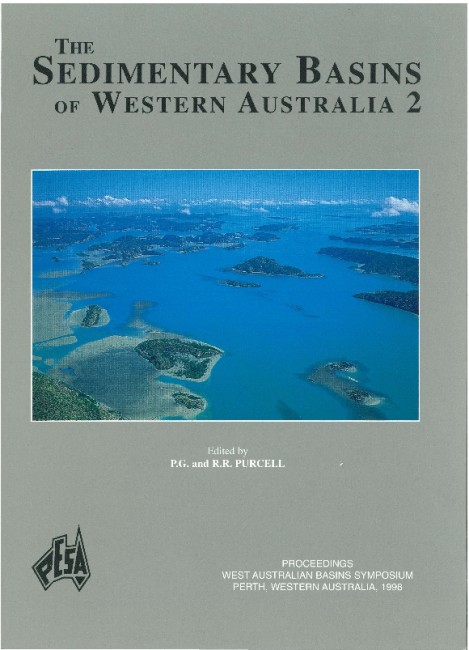Publication Name: The Sedimentary Basins of WA
Authors: D. R. Kingsley, M. J. Thompson, D. P. Harris and J. Fowles
Publication Volume: 2
Date Published: December 1998
Number of Pages: 23
Reference Type: Book Section
Abstract:
In 1973 Lambert 1 penetrated an 11 in oil column in Upper Jurassic Angel Formation sands, but for twenty-two years the Lambert Field was considered too small to warrant additional investigation. In 1995, detailed time and velocity interpretation of the East Dampier 3D Seismic Survey identified the possibility for additional volumes in a depth closure north of Lambert 1 that was not evident on time mapping alone. In addition, detailed mapping and seismic attribute analysis of deeper reflections identified the potential for a deep gas prospect within a Lower Jurassic- Triassic fault block.In 1996 Lambert 2 was drilled with the dual objectives of appraising the Lambert 1 oil discovery and testing the hydrocarbon bearing potential of the deep gas prospect. It encountered a 37 in oil column within the Angel Formation, confirming the velocity analyses and making development economically attractive. However, Lambert 2 encountered an oilwater contact 29 m higher than Lambert 1 and
hence discovered a separate oil field - subsequently renamed Hermes. In addition, Lambert 2 drilled on to discover a separate 133 m gross gas column within the Lower Jurassic North Rankin Formation, confirming observations from seismic amplitude studies.
The successful appraisal of the Lambert 1 discovery after twenty-two years was made possible by key advances in technology, the use of 3D seismic as an exploration tool, and Woodside's growing experience with Upper Jurassic oil acumulations. Production from the Hermes Field commenced in October 1997. Further appraisal and development of the Lambert Field is planned during 1998/9.


